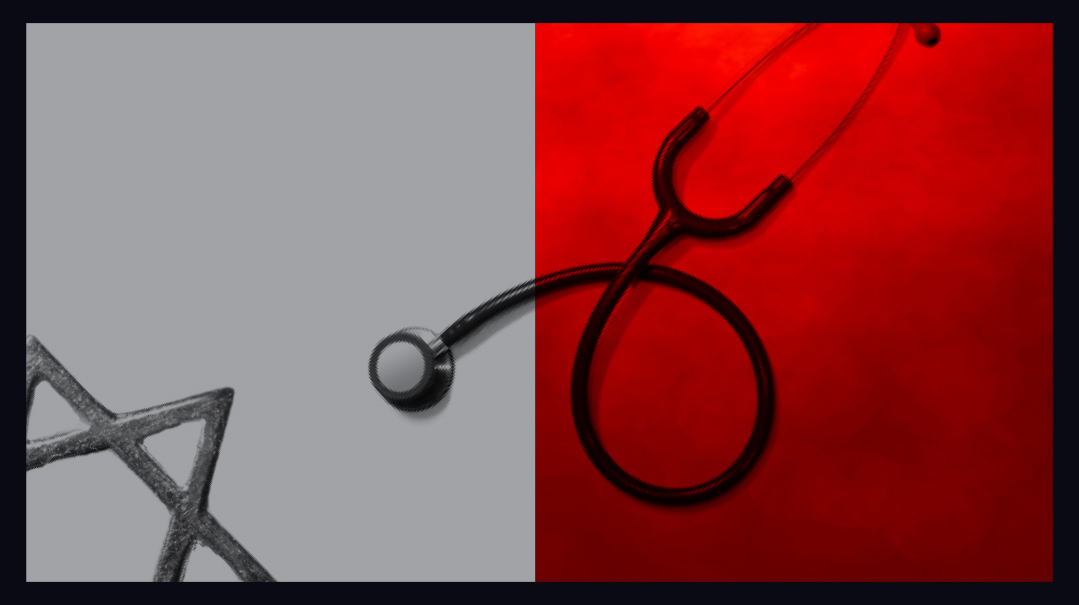Still a Doctor in the House?

Are frum doctors fated to become an endangered species? An investigative report into a looming problem

Chana Weinstock Neuberger, MD, a medical oncologist in Baltimore, learned many things in medical school. But during her first week of residency, she heard an unfamiliar term from fellow doctors that never appeared in the curriculum.
“Are you Shabbotaged this month?” she heard one asking another.
In her internal medicine residency program at Beth Israel Medical Center in New York, NY, which arranged shifts in order to accommodate the shomer Shabbos doctors, their colleagues who took the Saturday calls instead were “Shabbotaged,” a portmanteau of “Shabbos” and “sabotage” — in other words, sabotaged by Shabbos.
The residents covering Shabbos calls were often resentful of having to give up their “golden weekend,” that elusive weekend completely free of call. This undercurrent of resentment was a constant reminder: The opportunity to practice medicine in a shomer Shabbos setting was a privilege, one Chana and her fellow frum doctors needed to constantly prove themselves worthy of by going above and beyond the call of duty.
It comes as a surprise to many, but even in the land of opportunity and the era of civil rights, there may soon be professions that will be problematic to shomer Shabbos Jews, including certain fields of medicine. The barrier will come in the form of stricter requirements for residency programs — the intensive final stage of medical education, when a newly degreed doctor receives on-the-job training in a hospital or clinic, under the supervision of a veteran attending physician.
A combination of challenges — logistics, and an unwillingness to accommodate what some see as a sense of entitlement among frum Jews — is creating a shortage of shomer Shabbos residency programs. Which means that in the near future, it may become difficult to find a frum surgeon, ophthalmologist, or dermatologist.
Medical education is a marathon, and residency is a particularly grueling phase of the race for any aspiring doctor. Throw shemiras Shabbos into the mix, and it can seem insurmountable.
The standard medical trajectory consists of undergraduate college education, four years of medical school, then a hospital-based residency in the candidate’s chosen field of specialty, lasting anywhere from three to seven years. A resident is already a medical doctor, and studies and practices his area of medicine under the supervision of a senior (“attending”) physician, who oversees and guides his work. While some opt for a fellowship after residency, for many, residency is the last stop on a long journey to full practice.
The resident’s workload is heavy. All residents rotate call shifts — times when they are required to stay in the hospital, whether day, night, workday, or weekend, overseeing patient care and new admissions. Other general duties include patient rounds, lectures, and private study, for a workweek that hovers around the 80-hour mark. For those intensive hours, compensation is surprisingly low; most first-year residents make less than $60,000.
The resident’s duties run the gamut of every type of work he is expected to encounter in his medical career. Over the course of four months, an internal medicine resident might rotate between the ICU, the geriatric ward, outpatient clinics, and the emergency department.
“It’s not like we’re writing orders to give the patient a lollipop,” says Dr. Daniel Krich, a pediatric pulmonologist at Maria Fareri Children’s Hospital in Valhalla, New York.
Routine procedures are rarely scheduled for weekends; most tasks that come up on Shabbos are related to serious conditions or duties that are necessary to keep the hospital running efficiently, says Dr. Krich.
From endotracheal intubation to recording a patient’s medical history, from open-heart surgery to signing a death certificate, neither the life-threatening emergencies nor the mundane minutiae of a busy hospital stop for Shabbos. So what’s a frum doctor to do?
Oops! We could not locate your form.












